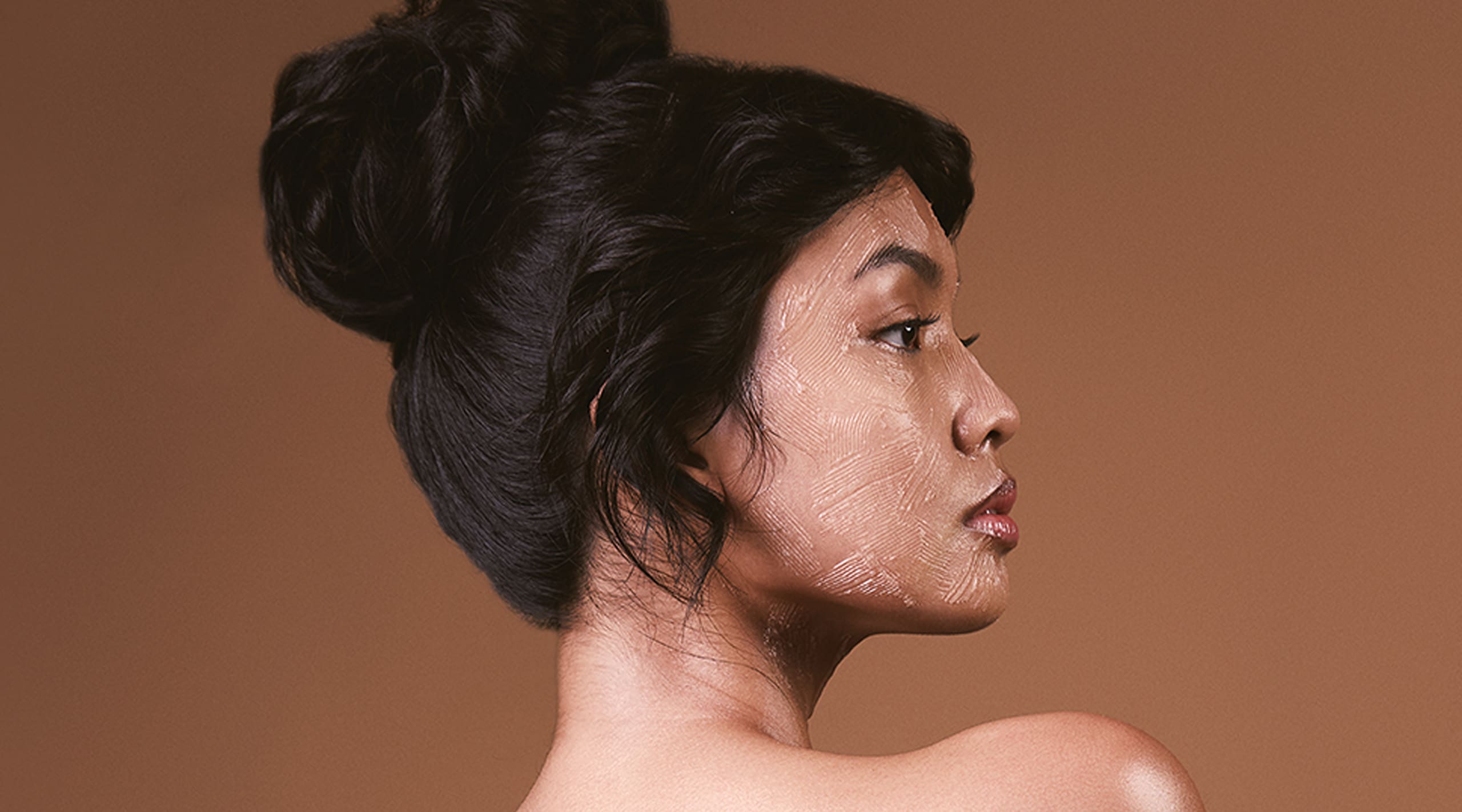Retinol, AHAs, BHAs, and vitamin C are the biggest names in skincare. Here’s why you need them and how to use them right
With actives, timing and technique are everything. As skincare heavyweights, they hold the promise of dramatic transformations—clearer skin, smoother textures, and a youthful glow—but beneath is a quiet complexity. Knowing how and why to use them is half the battle, while the other half is mastering the often-overlooked secret of when. It’s a given that they work wonders, but only if you play your cards right.
RELATED: Find The Right Skincare Products With This Microbiome Analyzer
It’s because actives are potent. Unlike your ordinary skincare products that simply sit on the surface, these penetrate deeper, targeting concerns from acne to aging at a cellular level. Their strength means faster and more visible results, but can also lead to irritation when misused. Ahead is a breakdown—when, how, and why these skincare actives should be part of your routine.
Retinol
Retinol is an anti-aging darling. It’s one of the many types of retinoids that speeds cell turnover, stimulates collagen production, and helps curb signs of aging.

Best For: Reducing signs of aging, acne-prone skin
When to Start: 25. 30 used to be the benchmark for retinol, but many women are starting earlier due to early signs like sun spots or crow’s feet, or the desire to stay ahead of the game. However, your 40s or 50s are also ideal for introducing retinol if prevention wasn’t on your radar earlier.

How it Works: As we age, the skin produces less collagen, causing fine lines and wrinkles. Retinol steps in to stimulate fibroblasts—collagen-producing cells nestled deep in the skin. This fresh collagen moves upward, improving skin texture while ramping up the creation of new skin cells. It’s also a game-changer for acne-prone skin, clearing out clogged pores by removing dirt, dead skin cells, and excess oil in the process. It’s basically a reset button, layer by rejuvenated layer.
Alpha Hydroxy Acids (AHAs)
AHAs are derived from sugary or citrus fruits. These are gentle exfoliants that replace dead skin cells with new ones, keeping the user’s skin looking more alive than ever.

Best For: Reducing hyperpigmentation, sun spots, drying, the appearance of scars, and uneven skin
When to Start: 25. It’s in your mid-20s that the skin’s natural exfoliation process starts to slow down, which answers why duller and uneven skin can emerge as a problem. Introducing AHAs at this stage can combat them, as well as stave off future signs of aging before they have a chance to take hold.

What it Does: Unlike retinol which works deep within the skin, AHAs target the surface level. As exfoliants, they dissolve old layers, leaving a brighter base—perfect for those struggling with dark spots. The most common AHAs are glycolic acid, lactic acid, and citric acid.
Beta Hydroxy Acids (BHAs)
BHAs are oil-soluble deep divers of skin care, breaking through oil to tackle issues under the surface. The most common type is salicylic acid, clearing out pores and calming the chaos that comes with oily and inflamed skin.

Best For: Cleansing pores, reducing blackheads, oil control, and acne
When to Start: Early 20s. Acne, clogged pores, and oily skin don’t seem to care about age—so it’s best to get ahead of the game before they make a recurring appearance.

What it Does: While AHAs slough off dead skin at the surface, BHAs go deeper. They penetrate the pores, breaking down oil, dirt, and debris that clog the skin, preventing acne and blackheads. If oily or blemish-prone skin is your concern, BHA’s keep your skin balanced, fresh, and blemish-free.
Vitamin C
Vitamin C is your skin’s daily dose of daylight. With its brightening, anti-aging, and antioxidant process, it battles dullness and damage—making you shine inside out.

Best For: Brightening skin, fading dark spots, boosting collagen
When to Start: 18. It’s a smart move for staying bright and fresh. At this age, your skin is still in its prime, so introducing vitamin C early can help preserve the skin’s brightness and elasticity while preventing dark spots and dullness before they even think about showing up.

What it Does: Vitamin C is the skin brightener and barrier protector of your dreams. It neutralizes free radicals and boosts collagen production to keep your skin looking firm and smooth. It also fights uneven pigmentation and dark spots, making it your daily shot of brightness—literally and metaphorically.
Featured Image and Photos: MEGA ARCHIVES










